
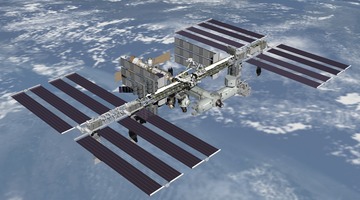
A satellite is anything that orbits around another object. Moons are natural satellites that orbit around planets, whereas artificial satellites are objects that people have made and launched ...
READ MORE

When you look across a lake, what colour do you expect to see? The common answer is usually blue – but what shade of blue? The image below shows some of the larger lakes in Te Waipounamu South ...
READ MORE

Aotearoa New Zealand’s remote location and unique geography have made its residents innovative by necessity. From inventing pōhā to preserve nga tītī to initiating refrigerated meat and dairy ...
READ MORE

Do you think that the space industry is limited to astronauts and billionaires? If so, you need to think again! You can have so many careers in aerospace. If you look at what most astronauts do ...
READ MORE

Space debris is leftover rocket parts and non-functional satellites and any other machinery or debris left by humans. Humans have been launching rockets into space since the 1950s, and now, 70 ...
READ MORE

Satellites and rockets are not easily accessible for most schools in New Zealand. Understandably, this can make experiencing space first hand somewhat difficult! However, students can still carry ...
READ MORE

When well managed, class discussion can help students examine, evaluate and share knowledge about a subject, providing opportunities for students to think critically and creatively, consider ...
READ MORE
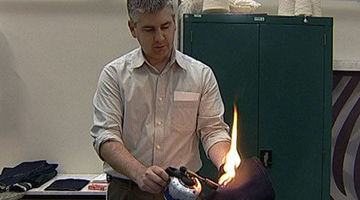
In this unit, students will consider the performance properties of new stab and flame-resistant fabric and design protective wear for new market opportunities. Purpose To investigate the ...
READ MORE

Students develop their knowledge to design a disposable product as a sustainable alternative to an existing product. Purpose To consider the issues of increasing plastics use and understand why ...
READ MORE
Dr Allan McInnes and Dr Adrian McDonald, from the University of Canterbury, explain how gravity and projectile motion keep natural and artificial satellites in an orbital path.
READ MORE
Dr Moritz Lehmann is a freshwater scientist specialising in lake water quality and remote sensing. He uses data from Earth observation satellites to gain more information about cyanobacteria ...
READ MORE
Earth observation satellites are very useful for taking images of things – for example, lakes, ice sheets or penguin colonies – on a regular basis. Satellite images are taken hundreds of ...
READ MORE
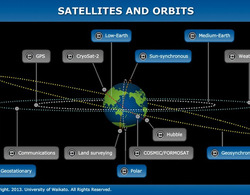
The size, orbit and design of a satellite depend on its purpose. In this interactive, scientists discuss the functions of various satellites and orbits. Accompanying fact files provide ...
READ MORE
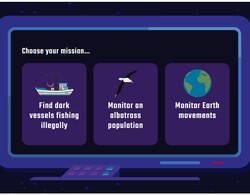
Choose a mission and then successfully build and launch a satellite that can help gather the data required. Select here for additional information on using this interactive simulation.
READ MORE
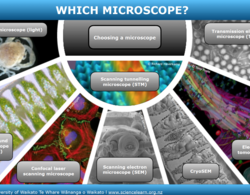
Explore the features of different microscopes and learn how scientists choose which ones to use in their research.
READ MORE